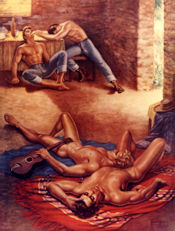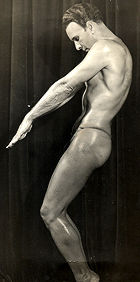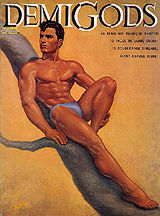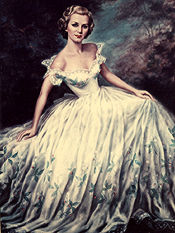Two scholars to publish first-ever biography
The following excerpt is from the Introduction to Quaintance: The Short Life of an American Art Pioneer, a biography by Ken Furtado and John Waybright, to be published in 2004. The authors can be contacted at kfurtado@surfbest.net or waybrightj@earthlink.net.
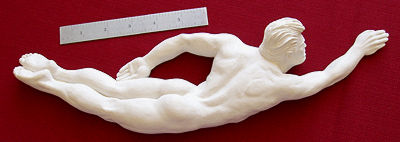 |
| One of six sculptures from the series "Neptune's Children" courtesy of ONE Institute |
